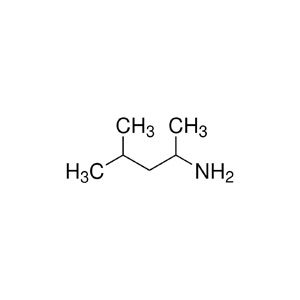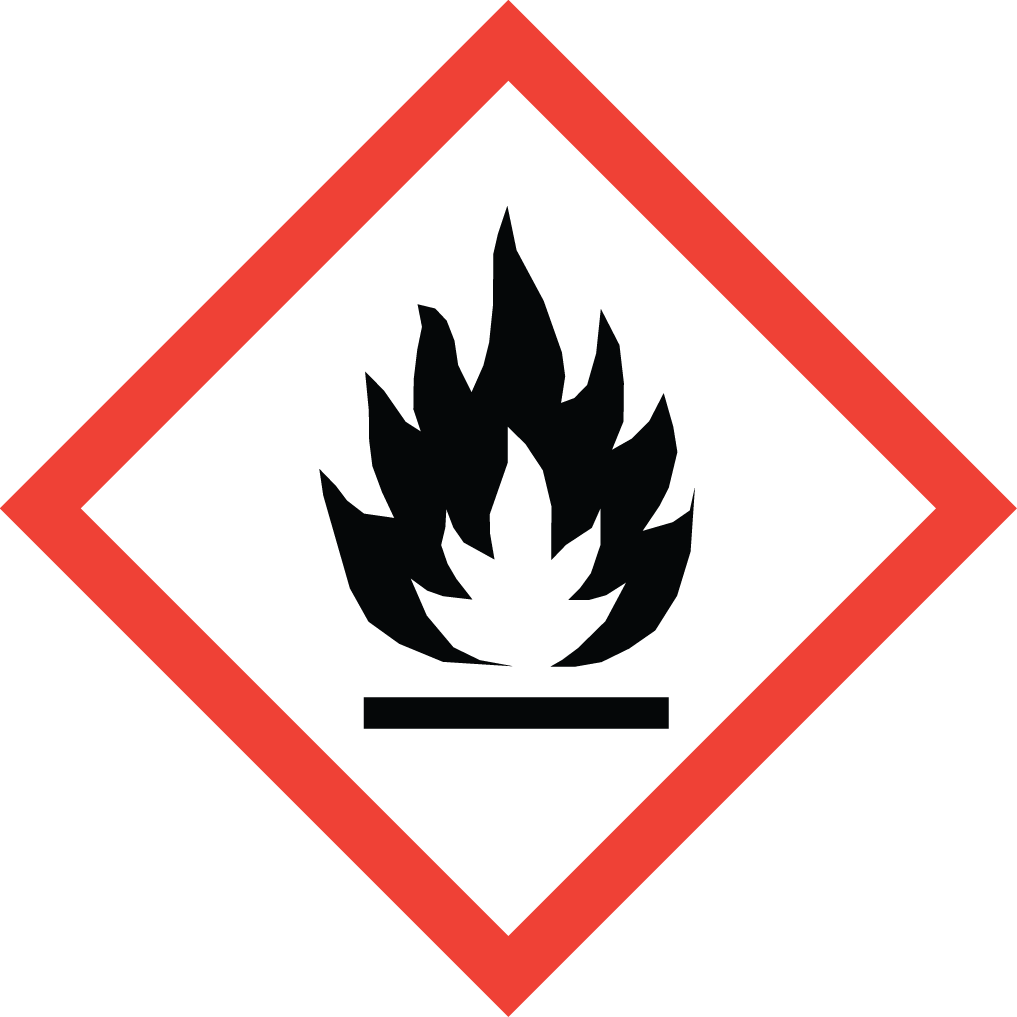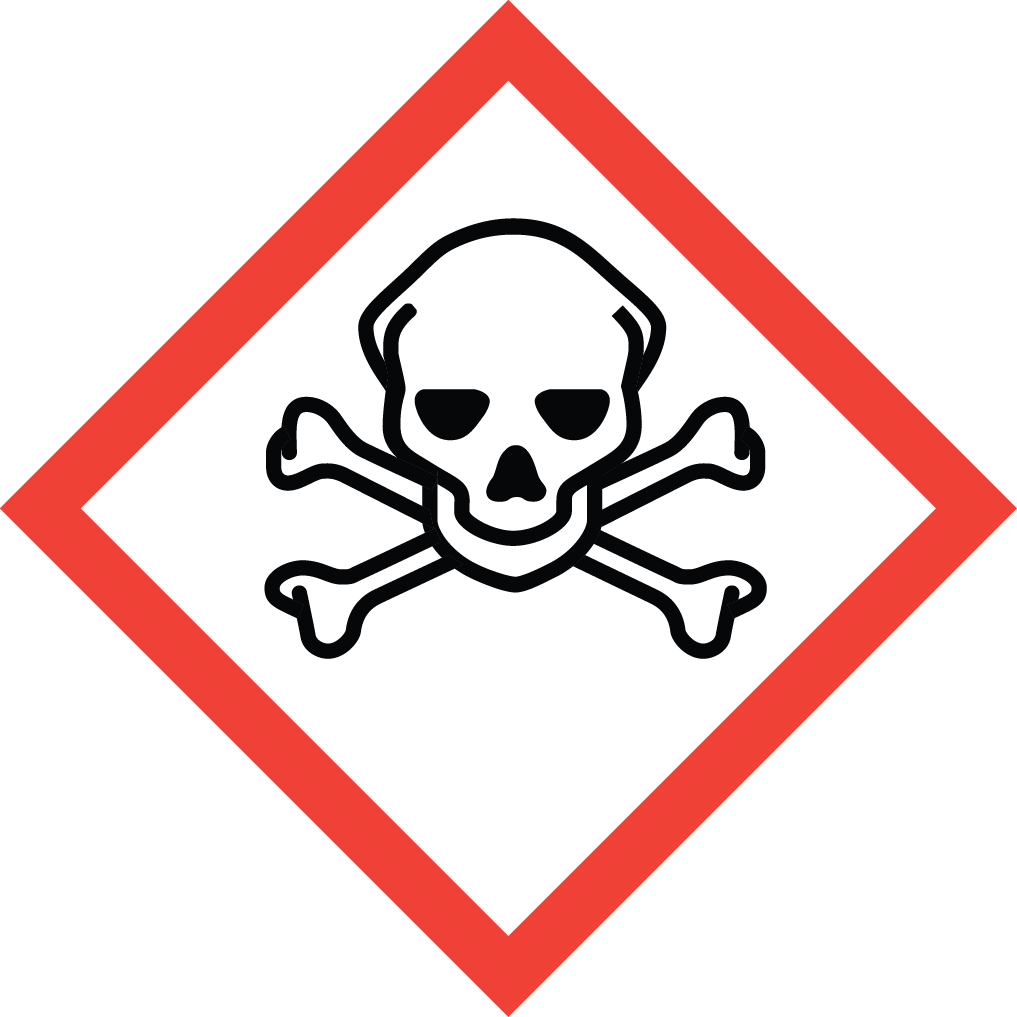Explore Top-Quality 1,3-DMBA with Aure Chemical
1,3-Dimethylbutylamine (1,3-DMBA), CAS 108-09-8, is a branched-chain primary amine. It is also systematically known as 4-Amino-2-methylpentane. This colorless, volatile liquid is a key synthetic building block valued for its unique structure, which imparts specific steric and solubility properties to derivative compounds. It plays a significant role in the production of high-performance intermediates for the pharmaceutical and agrochemical sectors.
Basic Information of 1,3-DMBA
Meticulously produced and rigorously tested to meet stringent quality standards. We ensure exceptional purity and consistent performance, essential for your critical applications:
| CAS No.: | 108-09-8 |
|---|
| EC No.: | 203-550-4 |
|---|
| Linear Formula: | C6H15N |
|---|
| Molecular Weight: | 101.19 |
|---|
| Appearance: | Colorless to pale yellow clear liquid |
|---|
| Odor: | Strong, pungent, ammonia-like odor |
|---|
| Melting Point: | -40.7°C (estimate) |
|---|
| Boiling Point: | 108-110 °C(lit.) |
|---|
| Density: | 0.717 g/mL at 25 °C(lit.) |
|---|
| Solubility: | Slightly soluble in water; miscible with common organic solvents like alcohol and ether. |
|---|
| Flash Point: | 55 °F |
|---|
| RIDADR: | UN 2379 3/PG 2 |
|---|
| Chemical Structure: |  |
|---|
Application Overview
1,3-Dimethylbutylamine's unique structure—a primary amine with steric hindrance provided by the methyl groups—makes it indispensable in several specialized chemical manufacturing areas:
Agrochemical Synthesis: It is a crucial intermediate in the production of various herbicides (weed control) and insecticides. The branched nature often enhances the lipophilicity (fat solubility) and selectivity of the final agrochemical product.
Pharmaceutical Intermediates: 1,3-DMBA is used in the synthesis of complex pharmacological compounds. Its derivatives are sometimes explored in research for central nervous system agents and other specialized therapeutics where a specific molecular architecture is required.
High-Performance Solvents and Stabilizers: Derivatives of this amine can function as specialty solvents in non-aqueous systems or as stabilizers in certain rubber and polymer formulations, preventing degradation from heat or oxidation.
Surface Active Agents: It can be used as a reactant in the preparation of amphoteric surfactants or specialized corrosion inhibitors used in industrial processes.
Why Choose Aure Chemical for 1,3-Dimethylbutylamine?
Aure Chemical is committed to providing specialty amines with unparalleled quality and service, positioning us as your preferred supplier for 1,3-Dimethylbutylamine (CAS 108-09-8).
Consistency Through Dedicated Production: Unlike suppliers who produce amines intermittently, we maintain a dedicated manufacturing line for 1,3-DMBA, ensuring lot-to-lot consistency and verifiable purity that is critical for downstream chemical synthesis where reaction yield and selectivity depend on reliable raw materials.
Precision Purity Analysis: Our Quality Control goes beyond standard specification checks. We employ advanced chromatographic techniques to quantify trace-level impurities and isomeric variants, guaranteeing the high functional purity necessary for sensitive pharmaceutical and agrochemical syntheses.
Flexible Packaging and Logistics: We offer a range of packaging options, from small lab-scale bottles to ISO-tanks, coupled with specialized dangerous goods handling. Our logistics team is trained to navigate the complex international shipping regulations (UN 2734) to ensure safe and timely delivery worldwide.
Technical Documentation and Safety Focus: We provide comprehensive safety data sheets (SDS) and technical documents, not just to meet compliance, but to empower your operations team with the knowledge required for safe storage and handling of this flammable and corrosive product.
Hazards Classification
GHS Classification: Flammable Liquid (GHS02), Acute Toxicity (GHS06), Skin Corrosion/Irritation (GHS05)
Hazard Statements: Highly flammable liquid and vapor; harmful if swallowed, in contact with skin or if inhaled; causes severe skin burns and eye damage.
UN Number: UN 2379
Hazard Class: 3 (Flammable Liquids)
Packing Group: II
 GHS02: Flammable
GHS02: Flammable GHS05: Corrosive
GHS05: Corrosive GHS06: Acute toxicity
GHS06: Acute toxicity
